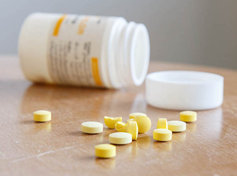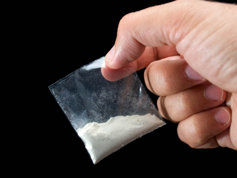Did Drug Abuse Drop Among Young Adults Or Has The Problem Shifted

Prescription drug abuse is an unexpected but very real problem. For many, it is the start of a long road of drug addiction leading to broken families and battered self-respect. According to the 2011 National Survey on Drug Use and Health, however, prescription drug use is down fourteen percent among adults ages eighteen to twenty-five.
This is likely due to recent measures against prescription drug abuse. Pharmaceutical companies released a new, tamper-proof formula for products such as Oxycontin and Percocet. The capsules now turn to gel when they come into contact with moisture, which thwarts attempts to snort or mix with water for injection. Pharmacies have also started cracking down on the incorrect use of prescription drugs, implementing strict policies against prescription shopping and training personnel in the signs of drug addiction.
Other survey findings include:
- Among children ages twelve to seventeen, prescription drug abuse did not change.
- Under-age drinking rates, including binge drinking and heavy drinking, is on the decline.
- Marijuana use remains the drug of choice among Americans.
The Problem May Have Shifted

Not everyone is rejoicing over the recent statistics. Some addiction experts speculate that the problem has simply shifted over to different drugs, particularly heroin. In the past year, heroin use rose from 373,000 to 620,000. Users are turning to heroin because it provides the same high as prescription drugs, but it’s cheaper.
Kids and young adults who otherwise would never have considered drug use are becoming heroin addicts faster than they can fill a needle. What starts as pain management becomes drug addiction when the user can no longer function without it.
In The Grips Of Heroin
Once someone gets “in the grips of heroin” it can be virtually impossible to stop using by themself. The key is to prevent the problem from happening in the first place. However, if you know someone who has used the drug or think that there may be a problem the most important thing is to watch for signs of heroin use in your children and loved ones. Some of the signs of heroin use include:
- The “heroin look”: dark under-eye circles, pale skin, and an overall gaunt and angular appearance.
- Dry mouth and flushed skin, which come with the fast high from injection.
- When high, the user’s arms and legs will appear to be very heavy and hard to move. He might feel nauseous and end up vomiting.
- After the initial high, heroin users go into “heroin nod”, in which the head becomes too heavy for the neck and slumps over onto the chest. The heart rate and breathing slow down and they slump into extreme drowsiness.
- Constipation.
- Depression.
- Decreased sensitivity, particularly to pain.
- Needle marks are a telltale sign of heroin use, but these are not always in obvious places like the arms. Veins can be found anywhere in the body, such as on the feet or between the toes.
Heroin use has many dangers, especially from long-term use. It can cause collapsed veins, liver or kidney disease, respiratory problems such as pneumonia, and there is always the risk of HIV and hepatitis from sharing needles. Because it is frequently mixed with other toxic substances, there is also the risk of blood clots, brain damage, organ failure, and death. There is a reason that heroin is also known as “Brain Damage” and “Dead on Arrival” on the street.
Heroin takes many lives every year that could have been saved with treatment. The Narconon program sees this in those who end up not getting help. However with treatment heroin addiction can be completely overcome.
For more information on this issue or to get someone immediate help contact us today.
Source:


 ®
®